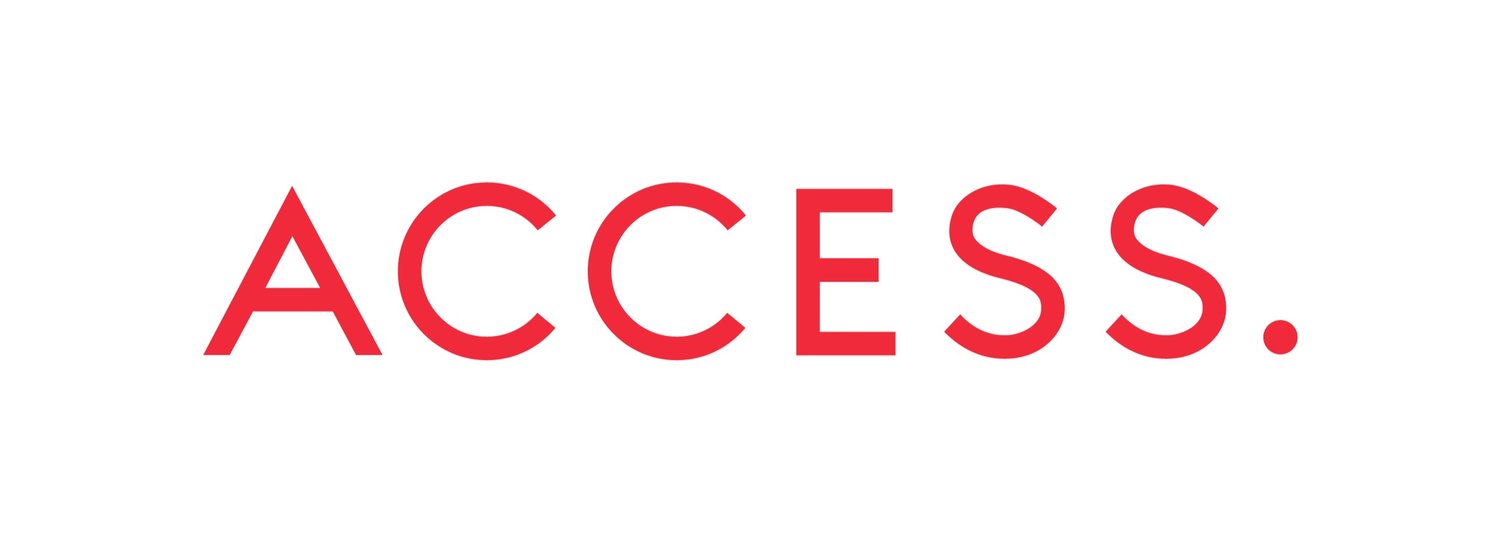Written by Sophie Belzil, Planning Analyst, and Pieter Agneessens, Managing Associate
Edited April 4, 2023
The mobility hub concept is not a new one. Areas around transit stations have long been acting as “natural mobility hubs”; attracting complementary modes, development, and services due to the high traffic levels that they generate. In recent years, however, the face of mobility has been changing with the arrival of new travel options like shared and on-demand mobility. The rise of remote work and its impact on movement patterns has also shifted perspectives on where to prioritize transit investments. These trends have reinforced the potential for hubs to position themselves as essential components of our mobility landscape, working to reduce solo-car trips and ultimately the need for motorization.
What are Mobility Hubs?
Image credit: Credit: CoMo UK
Mobility hubs are a strategy to encourage sustainable travel that can be broadly defined as a physical location that gathers two or more sustainable travel options to increase convenience for users.
The suite of options located in mobility hubs usually includes shared services such as ride-hailing and bike-and-scooter in figure 1. Mobility hubs can also act as a “one-stop shop” by including complimentary services beyond just transportation. Services like package pick-up and drop-off spaces, meeting/gathering spaces, or vendors can be attractive to transit users juggling busy lives.
Various actors can also work together to enhance customers' experience through public realm strategies (new green spaces, protected waiting areas, protected active transportation infrastructure, etc.) and placemaking. Hubs should be attractive places that integrate well with their surroundings.
The strength of hubs also lies in their distinctive branding and integrated information that make them well-recognized places with easy-to-find information. Figure 2 shows an example of the well-established Jelbi network in Germany. Jelbi’s success is supported by its strong branding and an app that groups all mobility providers’ services in one virtual space.
Image credit: Jelbi
Services in mobility hubs are typically perceived as a suite of options that is customizable according to the size and context of the space. As such a strong network will usually have hubs of various sizes that serve different functions in the system (local hubs, transit feeder hubs, etc.).
How can Mobility Hubs support a sustainable transportation system?
There are many ways in which mobility hubs can help create strong networks in cities. For one, transportation and service planning can be complemented by mobility hubs. Because they can be installed quickly and efficiently, hubs can allow service providers to test certain areas. An example could be in a neighborhood in development that’s expected to grow. A temporary hub can support residents’ travel needs until transit options are solidified and at the same time it can allow planners to test how people travel around that area.
Hubs may help unlock equity benefits by providing mobility services to underserved areas. Indeed, areas of “transit poverty” offer some of the best potential for mobility hubs. Certain urban areas might be just far enough from rapid transit options that they discourage potential users from using their service. A mobility hub with a few additional options can bridge that gap and help rapid transit to expand its reach. These are only a few examples of how hubs' solutions can help achieve transportation goals; there are many more ways that hubs can help support a sustainable transportation network.
Mobility hubs – a governance problem?
Designing appealing and cohesive spaces to accommodate a variety of modal options calls for meaningful collaboration. Mobility hubs, which are often located in areas of high land value at the confluence of several agencies' jurisdictions, may find themselves in ‘messy’ multi-stakeholders environments.
Local governments, operators, and shared mobility providers are examples of stakeholders who need to often not only coordinate, but integrate their panning and implementation efforts. All these parties have their own goals and objectives, which might not always be in line with one another and if conflicts and trade-offs are not addressed, they may prevent the vision of the hub from reaching its potential.
Access has experience working in such similar ‘messy’ contexts and brings a strong ‘toolkit’ to assist clients to identify shared objectives and advance their implementation. We believe that facilitating early collaboration opportunities to identify shared objectives and trade-offs is key to Building alignment towards an effective implementation.
We are eager to tackle these challenges and support other clients in their work towards strong, diverse, agile, and reliable sustainable transportation hubs.
Banner image credit: MobiHub



